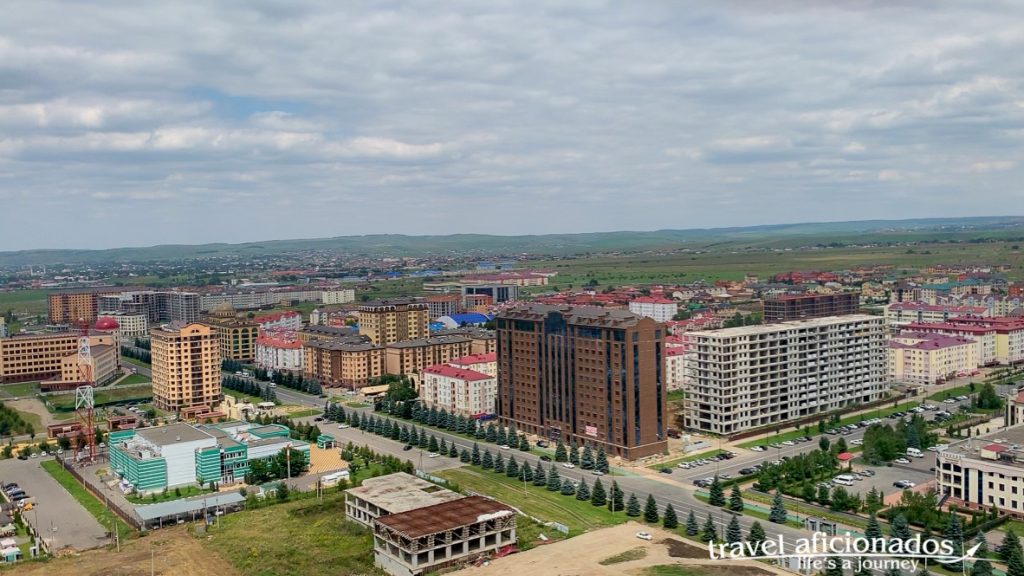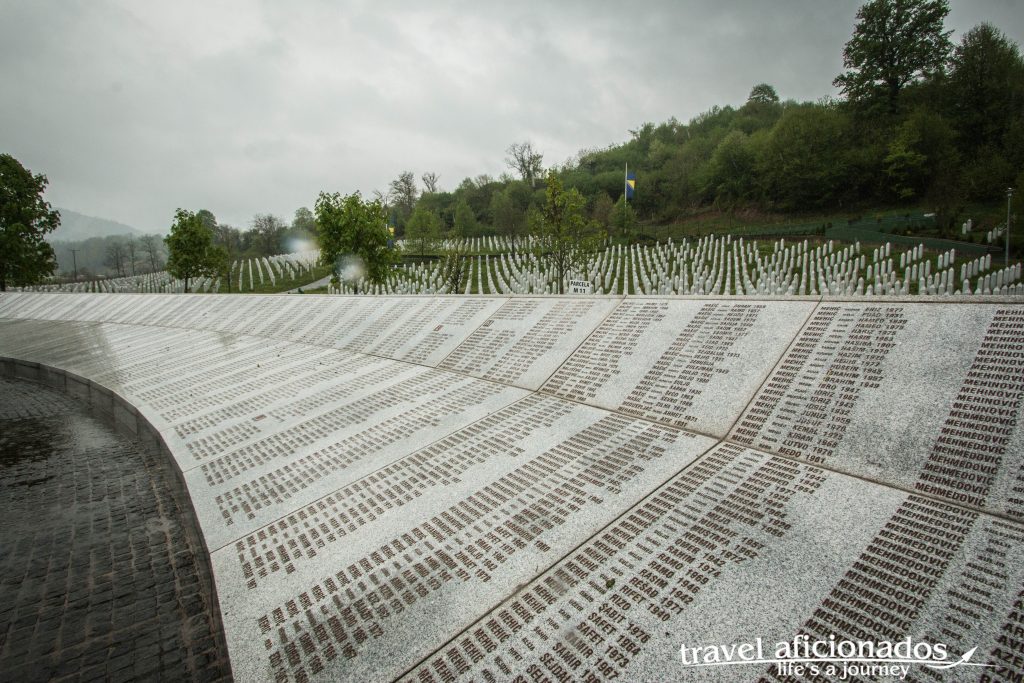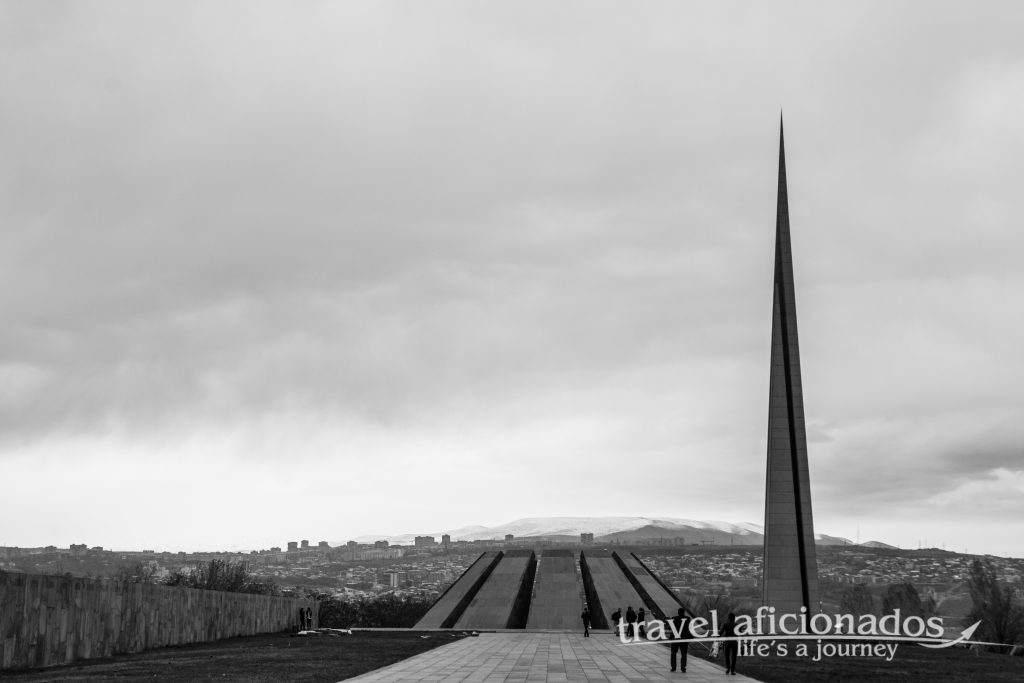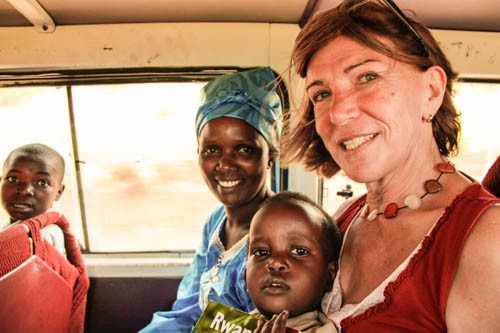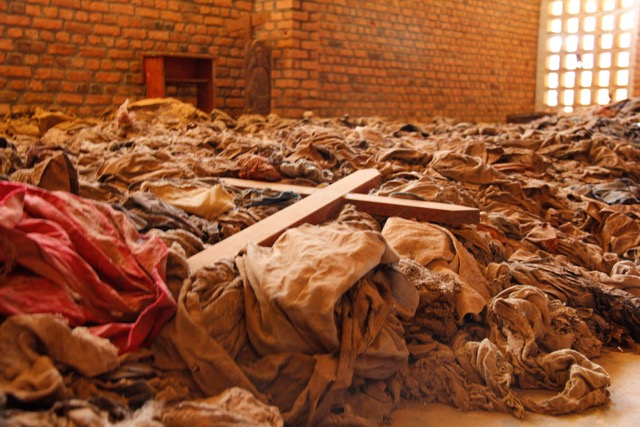Ingushetia is the tiniest of the Russian Caucasus republics, sandwiched inbetween North Ossetia und Chechnya. Magras was my only stop in this tiny republic, which has a lot more to offer, like stunning nature and ancient watch-towers. Ingushetsia’s capital Magras offers two places interest: the local museum in a watch-tower-replica and the memorial guiding through the history of the Ingush people.
Tag Archives | genocide
Srebrenica – tears and smiles
My visit of Srebrenica in March 2017 was an emotional rollercoaster ride. Nothing prepares you for facing over 8000 tombstones, one for each Muslim boy and man killed during a few days in July 2015. Srebrenica, this small Bosnian town, has since then become a synonym for genocide, for the single largest massacre to take place on the European continent since World War II. The same day brought incredible kindness from locals and a humorous run-in with an Austrian countryman.
Armenian Genocide of 2015
In 2015 Armenia commemorated the 100th anniversary of the genocide of 1915. The number of victims is incomprehensible – 1,5 million Armenians lost their lives. They were executed or marched across the Syrian desert. Many died along the way of exhaustion, exposure and starvation. In Yerevan the Genocide Museum is a stark reminder of this very dark part of Armenian history.
Rwanda Highlights August 2011
My passion for Rwanda stems from its tragic history. Not that I was aware of the horrifying dimension back in 1994, but I realized that this was different to the many civil wars that Africa has been plagued with. The film "Hotel Rwanda" left an inerasable imprint in my heart. This was further deepened, when in 2009 I had the privilege to meet and talk to Mr. Paul Rusesabagina in Vienna. What puzzled me now was the question “How does a small country like Rwanda cope with the murder of 10% of its population within 100 days?” Of course the question couldn’t be answered during a two weeks visit, except a few glimpses.
When churches became deathtraps
The iron door was forced open by grenades. Then the killing started. The bloodstains can still be seen on the bullet-ridden ceiling. Thousands of Tutsis, who had sought refuge in the Church of Nyamata, hoped to escape the slaughter.
They actually had good reasons to believe so. In 1992, hundreds of Tutsis hid in this church and remained unharmed. Could they possible assume that a fellow Christian would kill them in the House of God? Today, piles and piles of blood-soaked clothes, taken off the corpses, remind of the massacre.

